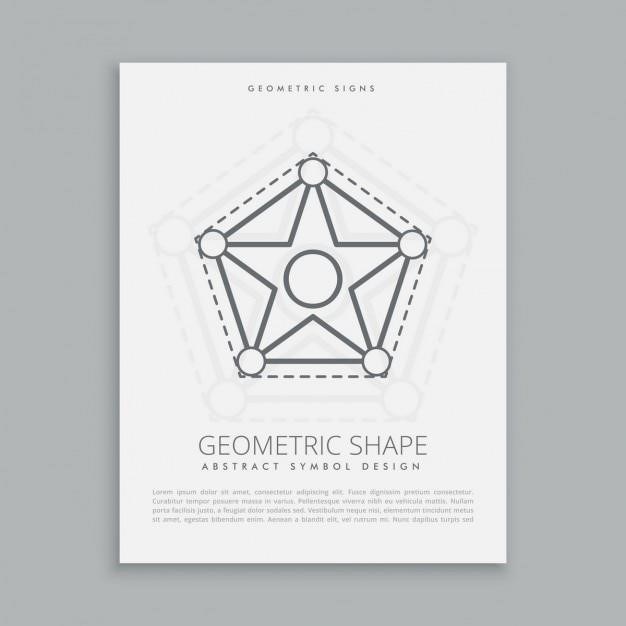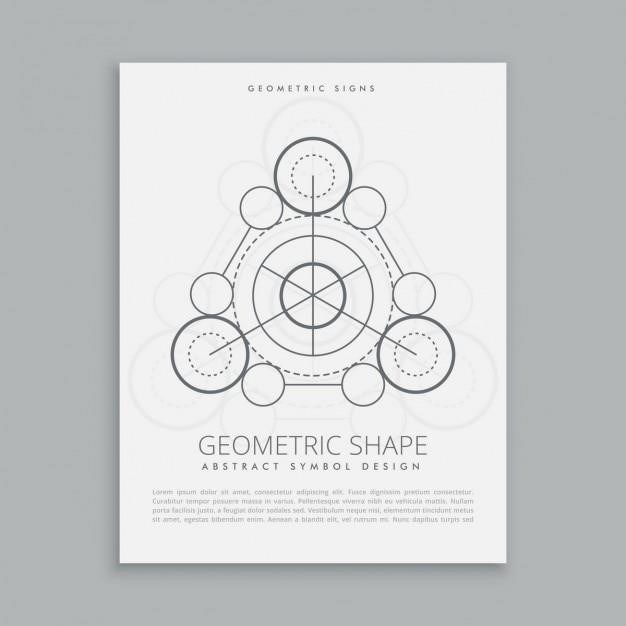Circle Offense⁚ A Comprehensive Overview
This detailed guide explores the Circle Offense, a basketball strategy emphasizing continuous movement and cutting for efficient scoring opportunities near the basket. The offense’s simplicity makes it easily adaptable for various skill levels, while its fluidity creates scoring chances. Discover how to implement this effective strategy in your game.
Understanding the Circle Offense in Basketball
The Circle Offense, a dynamic basketball strategy, centers around continuous player movement and precise passing to generate high-percentage scoring chances. Unlike static plays, the Circle Offense relies on fluid motion, with players constantly cutting, screening, and relocating to exploit defensive gaps. Its foundation involves five players occupying perimeter positions—top, wings, and corners—similar to a 5-out motion offense, but with continuous, coordinated movement rather than stationary positioning. This constant motion keeps the defense guessing, creating openings for backdoor cuts and easy shots. The simplicity of the core principles, such as consistent screening and cutting, allows for easy implementation across skill levels, from youth teams to experienced squads. The adaptability of the Circle Offense is a key strength; coaches can tailor it to their players’ strengths and adjust to defensive schemes.
Key Principles and Advantages of the Circle Offense
The Circle Offense thrives on several core principles; First, consistent player movement is paramount; players are constantly cutting, screening, and repositioning themselves, creating a dynamic flow that disrupts defensive positioning and creates scoring opportunities. Second, precise passing is crucial for executing the offense effectively; quick, accurate passes are vital for maintaining the rhythm and taking advantage of the openings generated by the constant movement. Third, interchangeable positions allow for flexibility and adaptability; players can easily swap roles, preventing the defense from keying in on specific players or tendencies. The advantages are numerous. It promotes ball movement, leading to better shot selection. It emphasizes player development by requiring everyone to be involved in both offensive and defensive actions. The Circle Offense’s simplicity and adaptability make it easily teachable and implementable for teams of all skill levels. The constant movement and screening actions create numerous scoring opportunities near the basket, leading to higher efficiency and a more balanced offensive approach.
Variations and Adaptations of the Circle Offense
The beauty of the Circle Offense lies in its adaptability. While the fundamental principles remain consistent, coaches can tailor the offense to suit their team’s strengths and weaknesses, as well as to counter specific defensive strategies. One common variation involves adjusting the spacing of players on the perimeter, creating more or less space depending on the defensive alignment. Another adaptation involves altering the passing patterns; some variations incorporate more complex passing sequences to challenge the defense and create more difficult scoring chances. The incorporation of specific plays off the Circle Offense is another key adaptation; this allows the team to run designed plays out of the flow of the offense, creating opportunities for specific players or matchups. Furthermore, coaches can adjust the types of cuts and screens used depending on the personnel and the opponent’s defensive schemes. The flexibility of the Circle Offense allows for a high degree of customization, allowing coaches to create a system that is ideally suited to their specific team and the challenges they face. This adaptability is a key factor in the offense’s enduring popularity.

Implementing the Circle Offense⁚ Practical Strategies
Successful Circle Offense execution demands precise player positioning, efficient passing, and adaptable responses to defensive adjustments. Mastering these elements is crucial for maximizing the offense’s scoring potential and creating a fluid, dynamic attack.
Setting Up the Circle Offense⁚ Player Positioning and Roles
The foundation of the Circle Offense lies in its initial player positioning. Typically, five players occupy perimeter spots⁚ one at the top of the key, two on the wings, and two in the corners, mirroring a 5-out alignment. These positions aren’t fixed; players rotate and fill different roles throughout the offense’s flow. Each player needs to understand their primary responsibilities⁚ ball handling, passing lanes, cutting, screening, and scoring opportunities. The top player often initiates the offense with a pass to one of the wings, creating the initial movement. Wing players are responsible for both passing and cutting to the basket. The corner players provide spacing and are available for backdoor cuts or catch-and-shoot opportunities. Understanding these roles and their interchangeability is key to the offense’s success. Player awareness and quick decision-making are crucial for efficient execution. Adaptability to defensive schemes is essential; players must anticipate defensive adjustments and react accordingly. The fluidity of the Circle Offense relies on each player’s understanding of their role and their ability to seamlessly transition between them.
Offensive Movement and Passing Patterns in the Circle Offense
The Circle Offense thrives on constant, fluid movement. Passing patterns are designed to create both driving lanes and open shooting opportunities. The initial pass often sets off a chain reaction of cuts and screens. Players utilize backdoor cuts, utilizing screens to free themselves for baskets. Quick, decisive passing is essential to exploit openings created by these movements. The emphasis is on creating mismatches and exploiting defensive weaknesses. Simple passes, such as skip passes, are often employed to quickly switch the point of attack. The continuous motion keeps defenders guessing and prevents them from settling into a comfortable defensive position. Effective passing sequences involve precise timing and anticipation; players must read their teammates’ movements and anticipate their needs. The playbook will detail specific passing patterns and timing, but adaptability is key. Players should be comfortable adjusting their movements and passes based on the defense’s reaction. The goal is to maintain a continuous flow of movement and passing, creating scoring opportunities through both penetration and open shots.
Responding to Defensive Adjustments in the Circle Offense
A successful Circle Offense requires adaptability. Defensive adjustments necessitate changes in offensive strategies. If the defense aggressively defends the initial pass, consider utilizing skip passes to quickly change the point of attack. Double teams can be countered with quick passes to open players or by using screens to free up driving lanes. If the defense is packing the paint, focus on perimeter shooting and utilizing backdoor cuts to create scoring opportunities. Defensive rotations should be anticipated, with players adjusting their cutting angles and timing accordingly. The playbook should contain alternative plays designed to counter specific defensive strategies. Players need to be aware of the defense’s tendencies and adjust their movements and passing patterns to exploit vulnerabilities. Communication is crucial; players should call out defensive schemes and adjustments to their teammates. This allows the team to quickly change their approach, maintaining the flow of the offense. The ability to read and react to defensive pressure is a key component of mastering the Circle Offense. Successful teams will constantly adapt, ensuring that they are always a step ahead of the defense.

Advanced Circle Offense Techniques
Mastering advanced passing, incorporating effective screens and pick-and-rolls, and capitalizing on offensive rebounds are crucial for maximizing the Circle Offense’s potential. These techniques elevate the team’s offensive efficiency and scoring ability.
Advanced Passing and Cutting Techniques
Elevating your Circle Offense necessitates mastering advanced passing and cutting techniques. Precise passes, whether chest passes, bounce passes, or overhead passes, become crucial for maintaining fluidity and exploiting defensive gaps. Quick, decisive cuts, such as backdoor cuts, baseline cuts, and slip cuts, are vital for creating scoring opportunities. The timing of these cuts must be synchronized with the ball movement, creating openings for easy baskets. Players should practice various passing techniques, focusing on accuracy and speed to ensure quick transitions and efficient ball movement within the offense. Mastering the timing and execution of these cuts is essential to successfully exploiting defensive weaknesses and creating high-percentage scoring chances. The ability to anticipate defensive shifts and adjust cuts accordingly is critical for advanced players. Furthermore, incorporating variations in passing angles and speeds can confuse the defense and lead to better scoring opportunities. These advanced techniques, when combined with a strong understanding of team movement, make the Circle Offense highly effective.
Utilizing Screens and Pick-and-Rolls Effectively
Effective screen setting and pick-and-roll execution are pivotal to maximizing the Circle Offense’s potential. Proper screen setting involves a player positioning themselves between a defender and their teammate, creating space for a pass or drive. The screener must maintain proper body positioning to avoid fouls while providing a solid screen. The ball-handler must read the defense and decide whether to shoot, drive to the basket, or pass to a teammate. Pick-and-roll execution requires precise timing and coordination between the ball-handler and the screener. After setting the screen, the screener must roll to the basket, creating a scoring opportunity. The ball-handler can either pass to the rolling screener or drive to the basket themselves, depending on the defensive reaction. Variations in screen types, such as down screens, back screens, and flex screens, can be incorporated to keep the defense guessing. The success of pick-and-rolls hinges on the ability to read the defense, make quick decisions, and execute precise passes and cuts. Practicing various pick-and-roll scenarios is essential for developing timing and coordination, leading to more efficient offensive plays and increased scoring opportunities.
Creating Scoring Opportunities through Offensive Rebounding
Offensive rebounding is a crucial element in maximizing the Circle Offense’s effectiveness. Securing offensive rebounds extends possessions, providing additional chances to score. Players must exhibit aggressive pursuit of rebounds, boxing out defenders to gain positioning. Effective boxing out involves positioning oneself between the defender and the basket, preventing them from accessing the rebound. Communication is key, with players calling for rebounds and working together to secure the ball. Once a rebound is secured, a quick outlet pass initiates a new offensive play. Alternatively, a put-back shot can be attempted immediately for a quick score. The Circle Offense’s continuous movement can create opportunities for offensive rebounds, as players cut and screen, creating chaos that often leaves opportunities for securing the rebound. Players must be aware of their positioning after shots, anticipating rebounds and using their bodies effectively. Mastering offensive rebounding skills significantly enhances the Circle Offense’s overall efficiency and scoring potential. Consistent practice of rebounding drills is vital to hone these essential skills.
